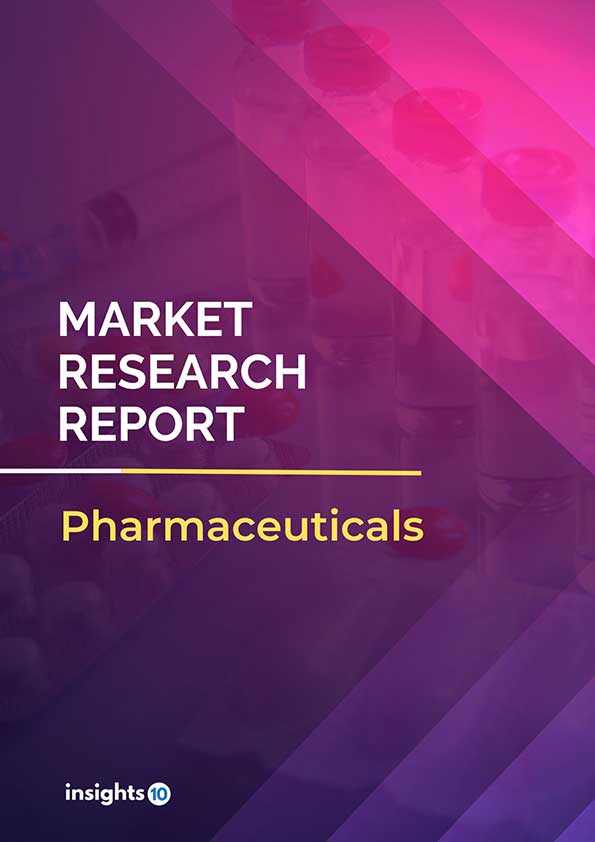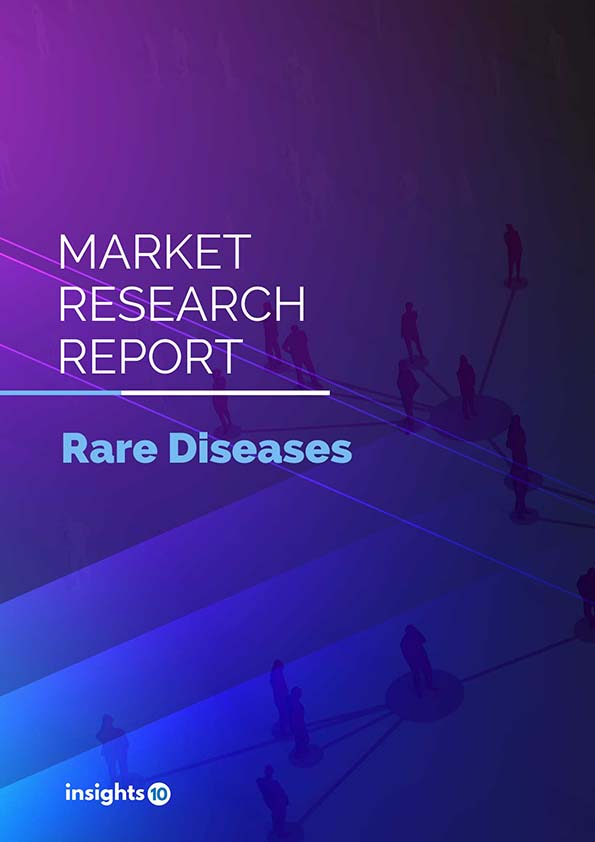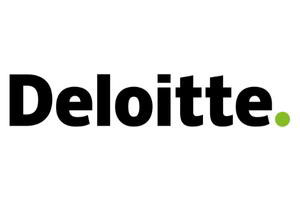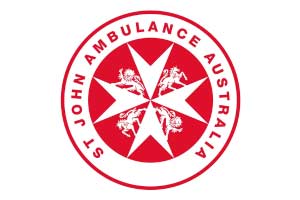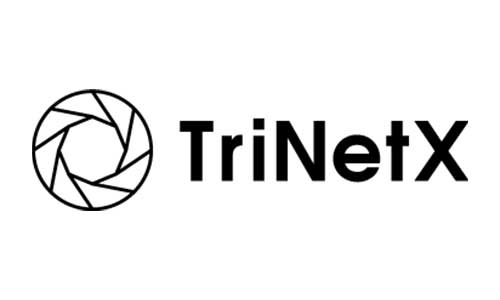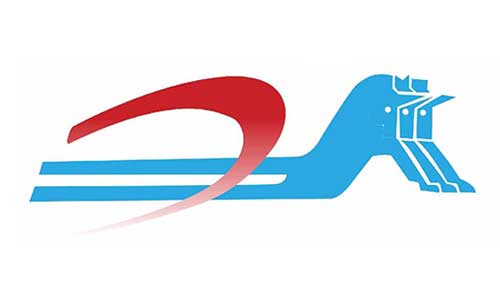Canada Autosomal Dominant Polycystic Kidney Disease Therapeutics Market Analysis
The Canada Autosomal Dominant Polycystic Kidney Disease Therapeutics Market was valued at US $88 Mn in 2022, and is predicted to grow at (CAGR) of 5.8% from 2023 to 2030, to US $138 Mn by 2030. The key drivers of this industry include the upward trend in the incidence of autosomal dominant polycystic kidney disease, the aging population, novel therapeutics, and other factors. The industry is primarily dominated by players such as Pfizer, Sanofi, Novartis, and Teva Pharmaceutical, among others
Buy Now

Canada Autosomal Dominant Polycystic Kidney Disease Therapeutics Market Analysis
The Canada Autosomal Dominant Polycystic Kidney Disease Therapeutics Market is at around US $88 Mn in 2022 and is projected to reach US $138 Mn in 2030, exhibiting a CAGR of 5.8% during the forecast period.
Autosomal dominant polycystic kidney disease (ADPKD) is an inherited disorder caused by mutations in the genes PKD1 and PKD2, resulting in fluid-filled cysts developing in the kidneys. These cysts expand and multiply over time, causing the kidneys to enlarge and eventually fail. ADPKD is inherited in an autosomal dominant form, which means that only one copy of the mutated gene from a parent is required for the disease to develop. Symptoms include discomfort, fatigue, urinary tract infections, and others. There is currently no cure for ADPKD; however, treatment focuses on symptom management and decreasing disease progression. The mainstay of treatment is Tolvaptan (Jinarc) developed by Otsuka Pharmaceuticals, which acts by inhibiting vasopressin, a hormone that promotes cyst growth, and has been observed to reduce cyst growth. Other therapeutic options include pain management and lifestyle modifications.
Estimates suggest that the incidence of ADPKD is around 2.7/10,000 individuals in Canada. Recently, it is reported that more than 30,000 Canadians are living with ADPKD. The market is therefore driven by major factors like increased incidence in ADPKD cases, an exponentially increasing geriatric population, improved survival rates, and the emergence of novel therapeutics in the industry. However, conditions such as high costs of treatment, several regulatory challenges in Canada, and others hinder the growth and potential of the market.
Market Dynamics
Market Growth Drivers
Surge in the incidence of ADPKD: Around 30,000 Canadians are currently living with ADPKD. According to PKD Canada, the approximate incidence of ADPKD in Canada is 2.7/10,000 individuals, with around 5–11% of patients diagnosed requiring dialysis. The estimates are expected to increase, which will drive market growth in the forecasted period.
Aging population: There is a higher proportion of geriatric population in Canada. With the aging Canadian population, the likelihood of developing chronic kidney conditions such as ADPKD rises. This demographic change inherently elevates the demand for ADPKD therapeutics and is expected to propel the market for growth.
Novel Therapeutics: The pipeline for ADPKD therapeutics is filled with potential drugs such as tolvaptans and vasopressin V2 receptor antagonists, including gene therapy, gene editing, and targeted small molecules. These prospective management advances could greatly increase market value.
Increased awareness: The Canadian market for ADPKD treatments is seeing growth due to the proactive efforts of both governments, such as PKD Canada, and global market developments. They advocate the need for research funding, enhanced healthcare accessibility, and public education. This propels market growth through encouraging early detection, prompt treatment commencement, and comprehensive disease management initiatives.
Market Restraints
High costs of treatment: Treatments for ADPKD, such as Tolvaptan, can be costly, causing a considerable financial burden on both patients and the healthcare system. This can restrict treatment access, especially for those with inadequate insurance coverage or limited financial means, distorting the growth of the market
Limited treatment options: Despite the emergence of new therapies, there's currently no cure for ADPKD, and existing treatments solely address symptoms. The absence of definitive solutions to manage disease advancement might deter certain patients from pursuing treatment and result in non-compliance.
Regulatory challenges: Introducing novel ADPKD therapies to the market can encounter prolonged and complicated approval procedures with Canadian regulatory agencies. This might impede patient access to potentially transformative treatments and hinder market growth.
Healthcare Policies and Regulatory Landscape
The Canada Health Act (CHA) outlines the key objectives of Canadian health care policy and regulates the country's publicly funded healthcare system. The policy aims "to protect, promote, and restore the physical and mental well-being of residents of Canada and to facilitate reasonable access to health services without direct charges at the point of service for such services."
The CHA set down standards that the territories and provinces must meet in order to be eligible for federal financing, both for extended health care services and covered health services.
Obtaining a medical license in Canada involves a province- and territory-specific process mandated by Health Canada (HC), typically necessitating the completion of a medical degree, residency training, and successful passage of licensing examinations.
Competitive Landscape
Key Players
- Pfizer Inc.
- Johnson and Johnson
- Mylan N.V
- Teva Pharmaceutical
- Sanofi
- GSK plc
- AbbVie Inc
- Novartis AG
- Eli Lily
- F. Hoffman-La Roche Ltd
1. Executive Summary
1.1 Disease Overview
1.2 Global Scenario
1.3 Country Overview
1.4 Healthcare Scenario in Country
1.5 Patient Journey
1.6 Health Insurance Coverage in Country
1.7 Active Pharmaceutical Ingredient (API)
1.8 Recent Developments in the Country
2. Market Size and Forecasting
2.1 Epidemiology of Disease
2.2 Market Size (With Excel & Methodology)
2.3 Market Segmentation (Check all Segments in Segmentation Section)
3. Market Dynamics
3.1 Market Drivers
3.2 Market Restraints
4. Competitive Landscape
4.1 Major Market Share
4.2 Key Company Profile (Check all Companies in the Summary Section)
4.2.1 Company
4.2.1.1 Overview
4.2.1.2 Product Applications and Services
4.2.1.3 Recent Developments
4.2.1.4 Partnerships Ecosystem
4.2.1.5 Financials (Based on Availability)
5. Reimbursement Scenario
5.1 Reimbursement Regulation
5.2 Reimbursement Process for Diagnosis
5.3 Reimbursement Process for Treatment
6. Methodology and Scope
Canada Autosomal Dominant Polycystic Kidney Disease Therapeutics Market Segmentation
By Treatment
- Pain & Inflammation Treatment
- Kidney Stone Treatment
- Urinary Tract Infection Treatment
- Kidney Failure Treatment
By Route of Administration
- Oral
- Parenteral
- Others
By End User
- Hospitals
- Speciality Clinics
- Surgical Centres
- Others
Insights10 will provide you with the reports within 10 key parameters which are:
- Market Overview
- Market Growth Drivers & Restraints
- Epidemiology of Disease Type
- Market Segmentation
- Market Share
- Competitive Landscape
- Key Company Profiles
- Healthcare Policies & Regulatory Framework
- Reimbursement Scenario
- Factors Driving Future Growth
Based on our many years of experience, we believe that these are the parameters that are critical to decision-making for business stakeholders. Our focused approach to developing reports focused on 10 key parameters, enabled us to arrive at the name “Insights10”.

Stage I: Market Data Collection
Primary Interviews: We have developed a network of experts, freelancers, and researchers across countries through which we engage with local experts to gather key data points and assumptions about each market. We also engage regularly with some of the best market research agencies such as Atheneum, GuidePoint, GLG, etc. to conduct surveys and interviews, and build intelligence. We have language translators as a part of our team, who between them can cover 30+ languages allowing us to extract better local insights.
Secondary Data Collection: We have developed strong expertise and experience in secondary data collection methods for developing unique data sets and research material. We gather data from multiple reliable sources to maintain a high level of accuracy and consistency. The market data is analyzed and forecasted using appropriate statistical and coherent models. The report offers an overall analysis of the market size, growth, and market share as well as a segment-level analysis of the specific market. Our report includes precise, to-the-point information related to the overall market, competition, growth drivers, challenges, regulatory updates, and competition.
Data Sources: We have access to multiple highly reliable free and subscription data sources. We have many years of experience to understand which sources are more dependable for what and which to prefer for the reliable and latest information. The key sources of information include the following, but are not limited to:

Stage II: Market Data Analysis and Statistical Model
Market Trends: We generally look at macro parameters and micro indicators. The macro parameters include changes in government policies, demand and supply of the market, government intervention programs, and major market share. The micro indicators are GDP growth, market size, market volume, etc. We also understand nuances specific to each country like the US, Canada, India, Germany, etc., and have worked across 60+ countries and hence not only understand global trends but how these differ by country, how payment models, market structure, cultural parameters, etc. differ in each country.
Market Sizing and Analysis: Our expert data analytics team has created various market forecast models by employing the top-down approach i.e. starting with the large overall market and segmenting different areas and the bottom-up approach i.e. starting with population and epidemiology and rolling up based on spend, etc., estimating the size of the market, and distributing among the geographic and/or product segments.
The top-down approach is mainly used for new product forecasting and the bottom-up approach is used for demand estimation of any product for different countries summed up to form the total market. We are able to round off insights and build stronger forecasts because we always do both these methods and triangulate the final numbers.
The study on the market covers the analysis of the leading geographies such as Asia-Pacific, Africa, Europe, Middle East, North America, and Latin America for the period of 2022 to 2030. The qualitative analysis covers the industry landscape and trends, market opportunities, competitive landscape, and policy and regulatory scenario, and the quantitative analysis covers different market estimates and forecasts.
Data Triangulation & Validation:
Data triangulation of various sources and results of the research are carried out by benchmarking with reliable sources such as industry statistics, statistical databases, and company-level averages, etc.
We make sure to finalize the numbers in alignment with the market research. Firstly, our internal experts ensure thorough validation and checking to ensure accurate and precise analysis and then validation is also done using a multiple-data analysis model. Two-level validation is done and entails the finalization of the report scope and the way of representation pattern.
(1).png)
Stage III: Interpretation and Presentation
Analysis & Interpretation: The information gathered is then analyzed and synthesized. The second series of interviews are done if necessary to check and validate. The future opportunities are analyzed by understanding product commercialization and many other factors. It also comprises the analysis of data discrepancies observed across various data sources. Information procured from secondary and primary results is then, interpreted by considering the following parameters: (a partial list)
- Establishing market drivers and trends
- Analyzing the regulatory landscape to understand future growth
- Market Segment based analysis to obtain revenue/volume
- Analyzing current needs and determining penetration to estimate the market
Insights: Our reports deliver actionable insights backed with supporting facts and figures to assist you in achieving exemplary growth. Our in-depth analyses are interspersed with relevant insights and statistics to offer an executive-level view of a given market. The description helps in correlating many minor factors affecting the market and their impact on the different segments within the market.
Data curated from the analysis and interpretation are drawn to portray all in one consolidated report.
Presentation & Reporting: The market research report is presented in different forms such as charts by using a scientific approach for easy understanding. Historic, current, and future analysis is provided for each market in terms of both value and volume. The size of the market is interpreted in the US Dollar value and the respective unit, based on the product, for volume consumption.
The foreign exchange rates are calculated on the respective dates and for the respective regions covered in the study.
To request a free sample copy of this report, please complete the form below.
We value your inquiry and offer free customization with every report to fulfil your exact research needs.
This report addresses
- Intelligent insights to take informed business decisions
- Qualitative, acute and result oriented market analysis
- Market size and forecasts from 2022 to 2030
- Opportunities for expansion and in-depth market analysis
- Segmentation and regional revenue forecasts
- Analysis of the market share and competitive landscape
- Strategic Recommendations to chart future course of action
- Comprehensive Market Research Report in PDF and PPT formats
Need more?
- Ask our analyst how this study was put together to learn more
- Discuss additional requirements as part of the free customisation
- Add more countries or regions to the scope
- Get answers to specific business questions
- Develop the business case to launch the product
- Find out how this report may influence your business revenue
